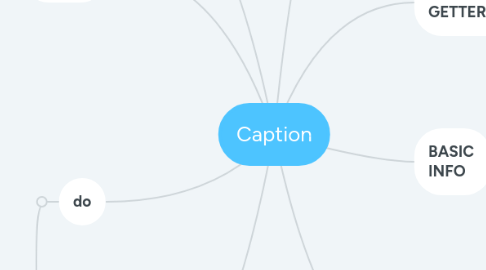Caption
af 36_YusufDarmaRamadhan yusufdarmaramadhan


1. COMPLIMENTARY INFO
1.1. Complimentary information (C) is a past-tense sentence telling the reader something he cannot see from the photo itself, like how much money was raised in the fundraiser or who won the game.
2. DIRECT QUOTE
2.1. A Direct quote (D) should be a unique quote from someone in the photo discussing an aspect of the event in the photo. This should not be a fact. Get quotable quotes. How did the person FEEL?
3. do
3.1. • List three to fi ve words that grab the reader’s attention and link the photo and caption together • Lead-in states the obvious in an unobvious way • Include the fi ve Ws and H • Use a variety of adjectives and adverbs • Be descriptive • Use strong, visual specifi c nouns • Consider the action before and during the photo and reaction to the event • Use colorful, lively, visual action verbs • Write in present tense, active voice (unless changing tenses to make it logical) • Be factual • Use a variety of sentence patterns • Identify all people in picture (up to seven) • Use complete sentences • Use fi rst and last names
4. SPECIAL CONSIDERATIONS
4.1. FOR SPORTS CAPTIONS
4.2. FOR GROUP SHOTS
4.2.1. (TEAM PHOTOS OR CLUB GROUP PICTURES)

